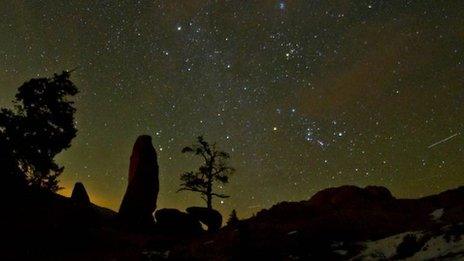Did you see the Geminid meteor shower?
- Published
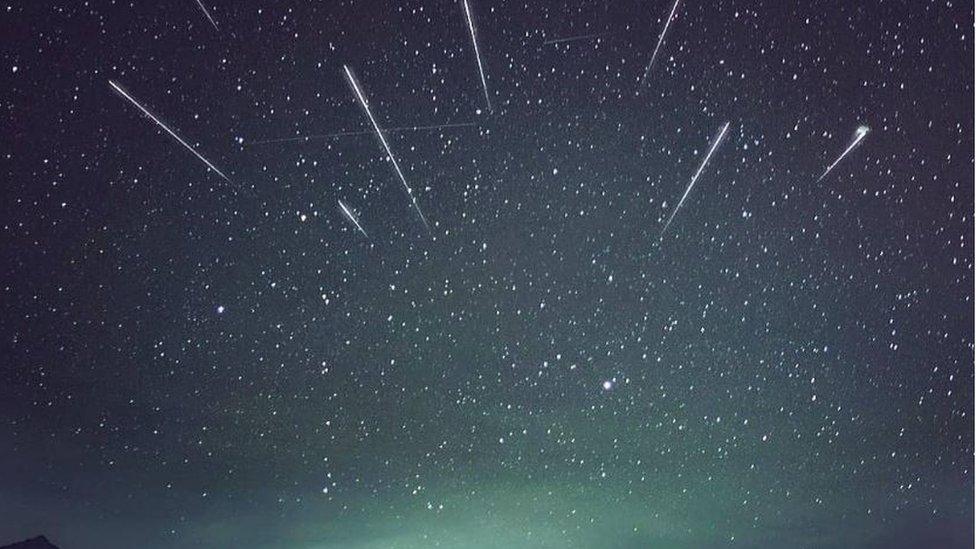
Steven Sandner spotted this spectacular display in Australia
A Geminid meteor shower has been spotted by stargazing enthusiasts from around the world.
Here is a selection of your photos.
The Geminid meteors are pieces of rocky debris from an extinct comet, racing round the Solar System, in an orbit.

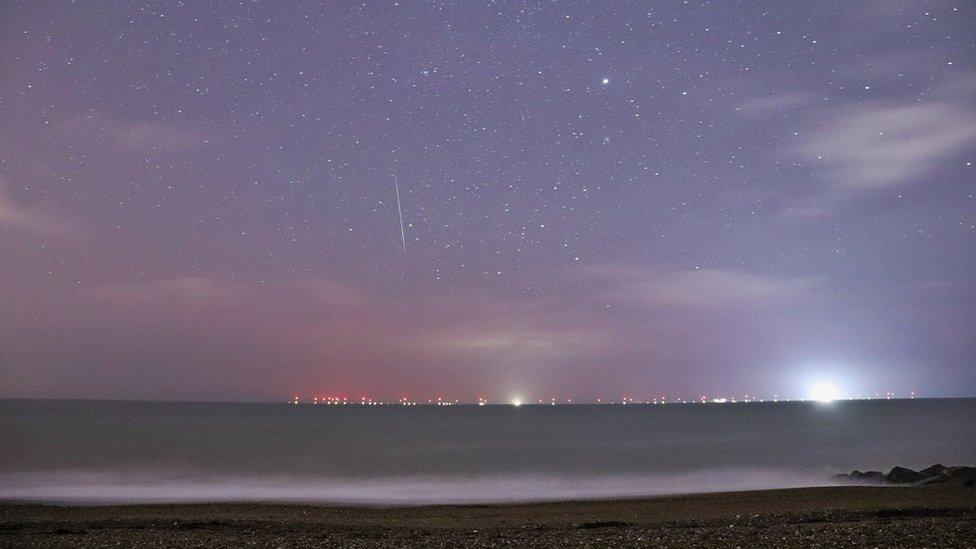
"Despite the cold, I managed to capture a meteor streak," says Jonas Yip who took this scene on Lancing Beach in West Sussex, England

The Geminid meteors originate from a rocky asteroid known as 3200 Phaethon, and each year, the Earth passes through a trail of debris left by the asteroid as it travels around the Sun.
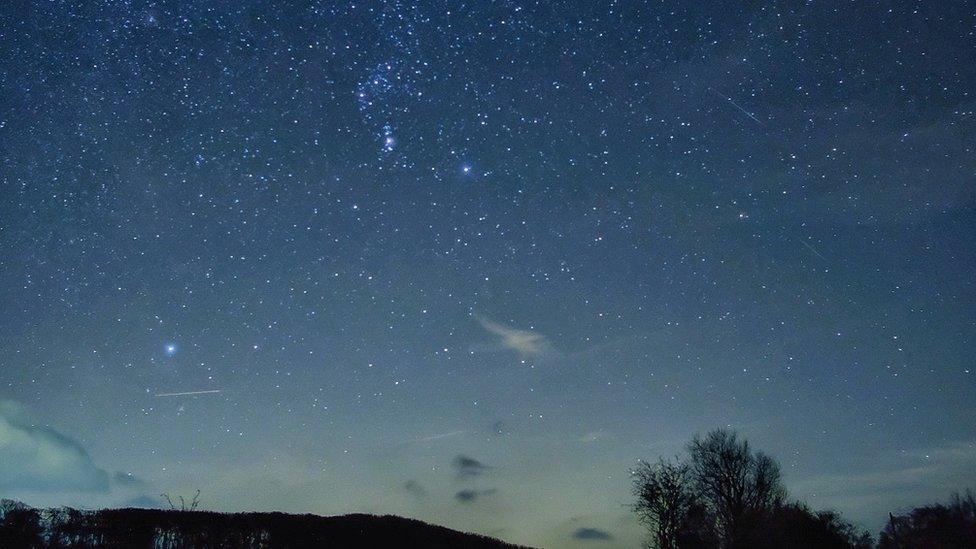
Adam Tatton-Reid who took this shot in Brecon Beacons National Park, Wales says: "It's one of the few areas in the UK that is protected by International Dark Sky Reserve status."

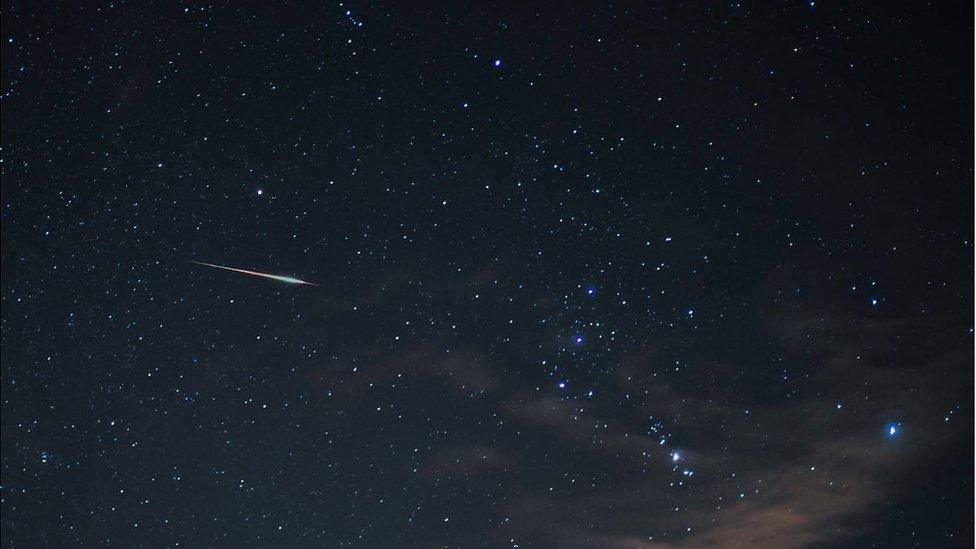
Also in the Brecon Beacons, Chris Pomeroy took this photo

When the debris hits Earth's atmosphere they burn up, producing streaks of light known as meteors.
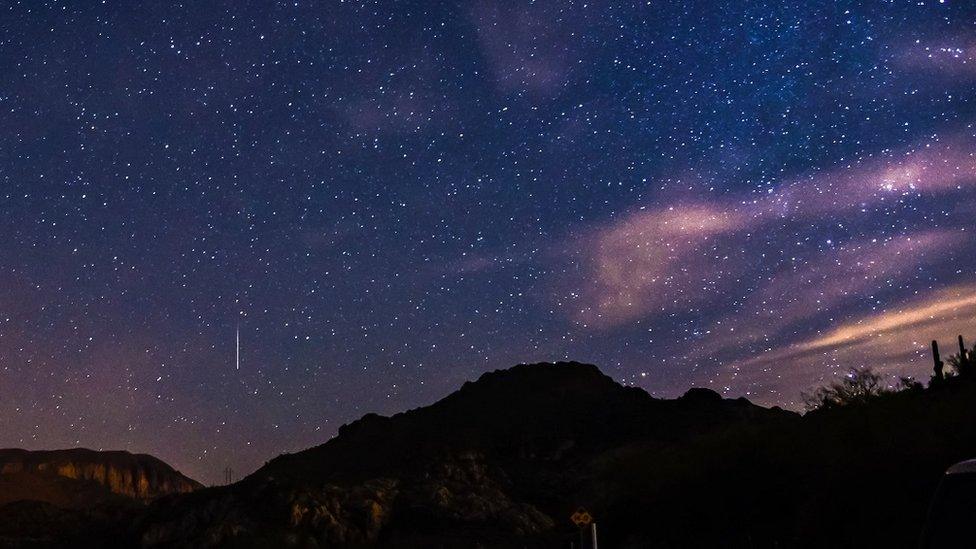
Photographer Brian Moore captured the meteors in Canyon Lake, Arizona, US

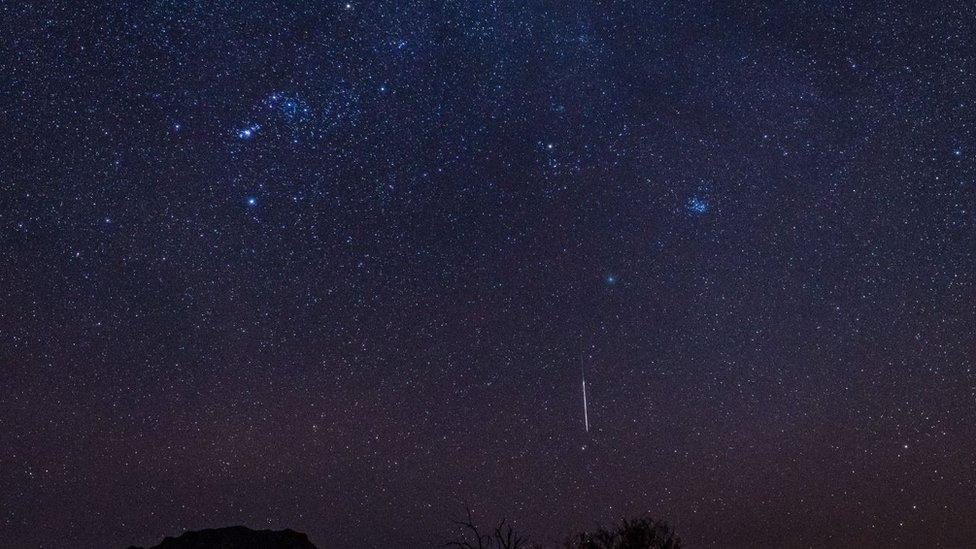
Lori Grace Bailey not only saw a Geminid meteor but also, "Comet Wirtanen, Orion, and Pleiades" near Diablo Mountain in Arizona, US

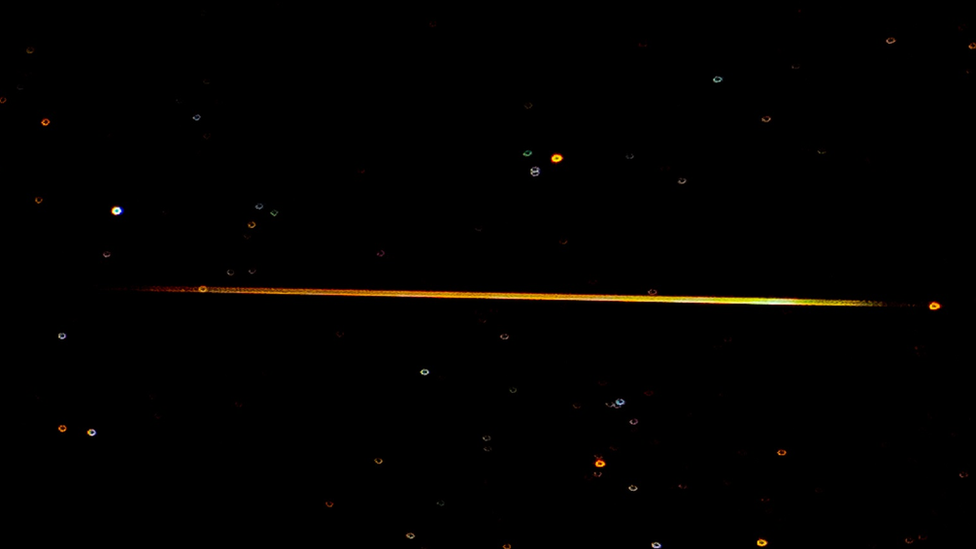
David Greer said: "I took the photo last night in Al Quadra desert in Dubai."

Appearing in bursts of two or three, Geminids travel slower and burn brighter than most other meteors - creating long, glowing arcs of white, yellow, blue, red and green.
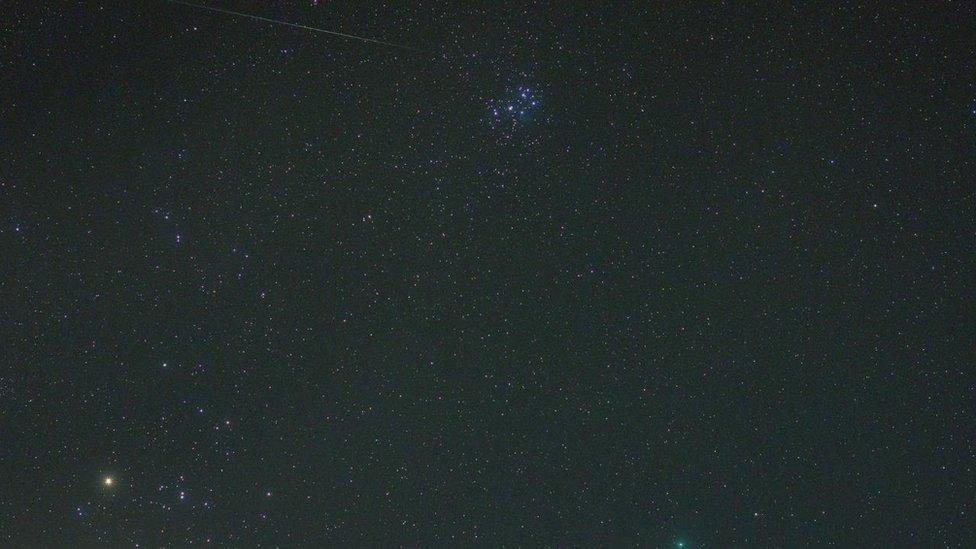
Richard Hopkins in Hampshire, England, says: "The picture shows the Pleiades at the top, the constellation of Taurus the bull on the left with the bright red star Aldeberan and the green comet at the bottom right, and I also caught a Geminid meteor."

All photographs belong to the copyright holders as marked.
- Published13 December 2018
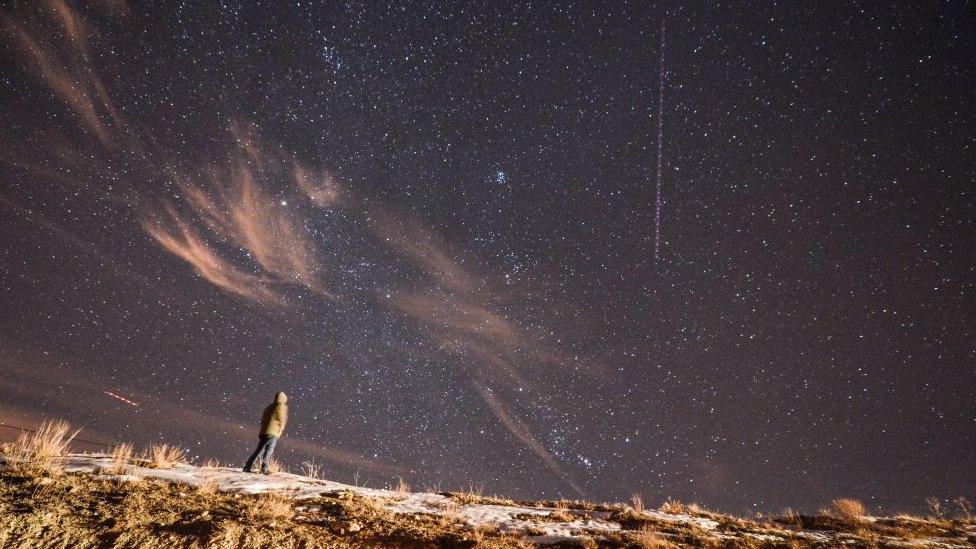
- Published4 December 2018
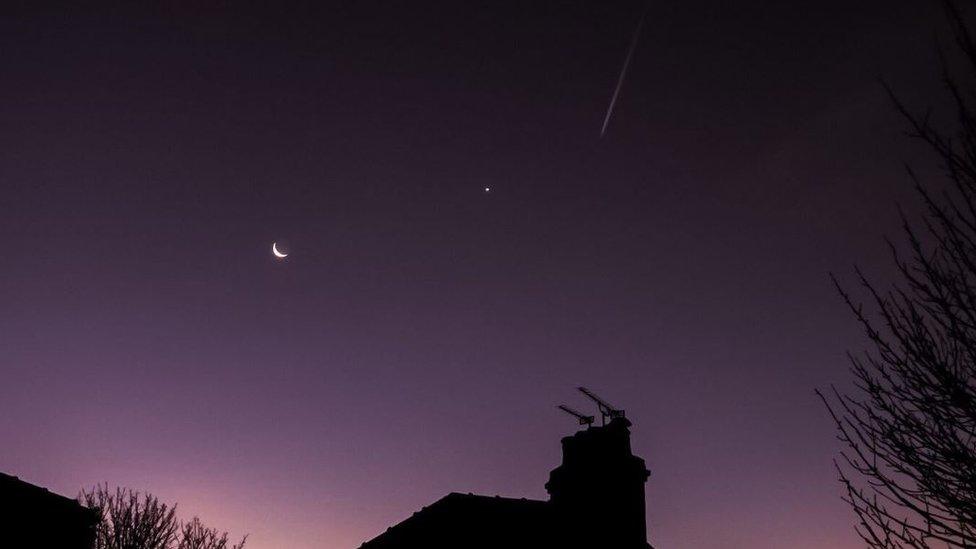
- Attribution
- Published16 November 2018
